(images in this post from Kristy Carlson of Long Miles Coffee. Long Miles has been a friend and producer of our Burundi coffees from day 1.)

(images in this post from Kristy Carlson of Long Miles Coffee. Long Miles has been a friend and producer of our Burundi coffees from day 1.)
When a chef is creating a meal, what’s the one thing they always hunt for to ensure success? The ingredients.
As a coffee roaster, the ingredients matter to us equally. We have the choice in how to present a coffee (light and bright, medium and mild, etc), but the flavours of a coffee are only really created while it’s growing. We love the variety created at the farm, from the nuanced to the bold berry flavoured, coffee has tons to offer before we roast it.
Coffee is a fruit.
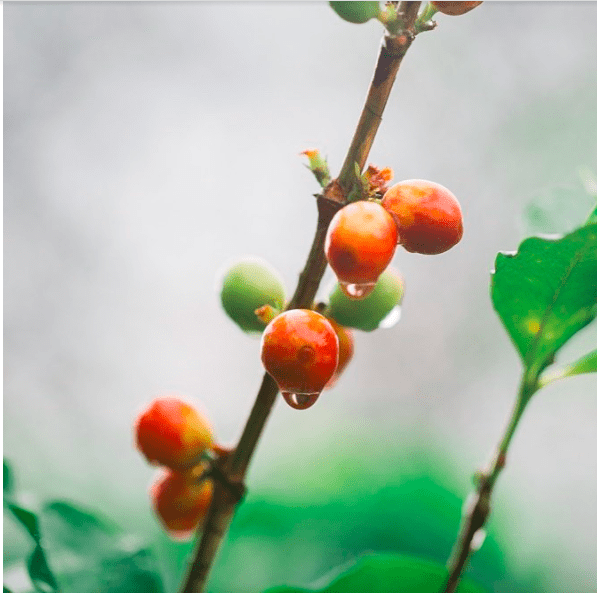
Technically, the beans that we roast are the seeds of a coffee cherry that grow on coffee trees. These trees are grown at high altitudes where it’s warm – between the Tropic of Cancer and the Tropic of Capricorn.
To say the journey from farm to cup is a long one is an understatement. Coffee takes an incredible journey to reach us, and is helped by so many people along the way.
Coffee cherries grow slowly at these high mountain altitudes (usually between 1400 and 2000 meters above sea level), and can take between 8 and 11 months to ripen. Once ready, they are almost always hand picked and processed shortly afterwards.
After processing the coffee is set out to dry, which takes 10 – 20 days, stored and prepared for export.
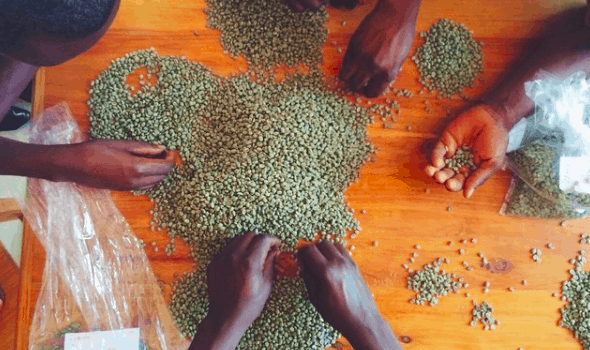
At this point it is called “green coffee” – the seeds have a light green tint to them and look nothing like the final, roasted product. Finally, after drying, it ships all around the world ready to be roasted.
And that’s where you now come in.

Much like wine, the flavours of the coffee are set by variety, terroir and processing. Our roasts have a massive impact on how the coffee will taste, but it cannot change a coffee that tastes like chocolates and nuts to a coffee that tastes like orange and passionfruit. Those are origin flavours. Roasting flavours are related to caramelization, maillard and other reactions that happen when the seed is heated up.
Let’s have a closer look at where the origin flavours come from.
How do many people choose which wine to buy? Often, by the variety of grape (merlot, chardonnay, etc). We also seek out certain varieties of coffee to find the flavours we are looking for.
Many varieties of coffee are natural mutations or hybrids that excelled in that particular environment, but many these days are created intentionally. Different climates and soils will render different characteristics in a coffee. And of course, different varieties will roast differently in the IKAWA.
Examples:
Geisha – a heralded variety, notoriously difficult and slow to grow but with unparalleled intensity which means it’s usually attached to a premium price. Usually bright, light bodied and floral and often with notes like melon, citrus and white flowers. If you haven’t tried it before, it’s unlike any coffee you’ve ever had. We certainly love geisha.
Bourbon – no, not whisky, but a coffee variety that’s pronounced something closer to “boor-bone”. And what a classic. A friend of the professionals and rookies, diners and cafes, the bourbon variety is an ancient one and can be traced back to some of the first plants taken from Ethiopia in the 16th century. Flavours vary but it’s very sweet, lush and round.
Maragogype – a giant bean, maragogype can be more than twice the size of a “regular” bean like bourbon. Flavours can be mild to wild, sometimes giving tropical fruit, sauvignon blanc and onion flavours. Can be difficult to roast because of it’s size.
SL-28 – a coffee geek’s favourite. Developed by Scot Labs in the 1930’s specifically for Kenya and to be drought resistant. The flavour still seems to peak in Kenya, although it’s being planted expectantly all over the world. SL-28 in Kenya tends to be intensely acidic and sweet which gives a “juicy” overtone, and can produce notes of blackberry, currant, raspberry and more.
For export, at the very least, the coffee producer needs to remove the fruit and protective layers around the coffee seed and dry the seed to about 11% moisture content. At 11% it’s essentially shelf stable (won’t mould, etc) and can be roasted.
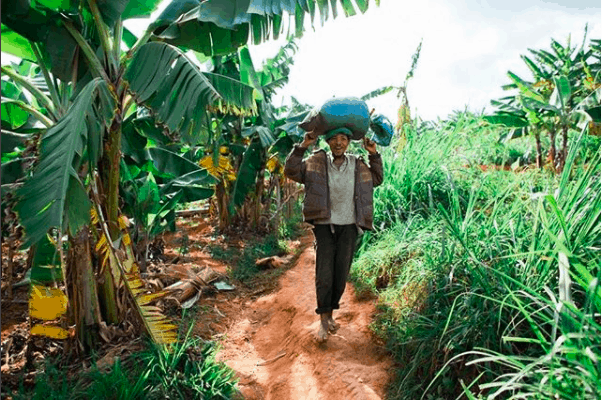
However, processing is a time when the flavour of a coffee can be enhanced, changed or unfortunately, ruined. One of the most distinctive coffees we sent out with our World Selection Pack was the Shakiso Sidamo Guji, a natural processed (or dry processed) coffee. So what does that mean?
Generally, there are 3 main categories of coffee processing:
Natural (or dry processed)
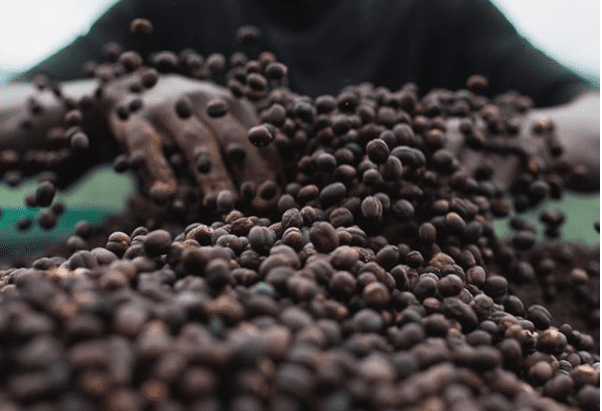
Washed
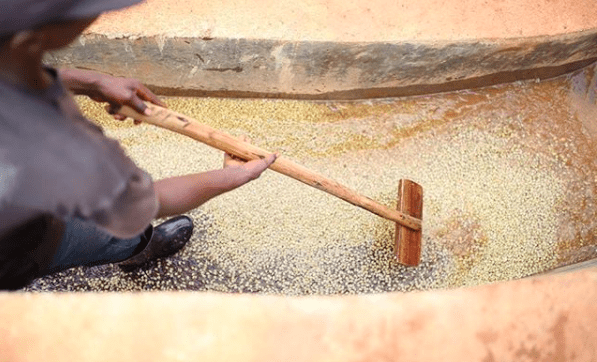
Semi-washed (also called pulped natural or honey)
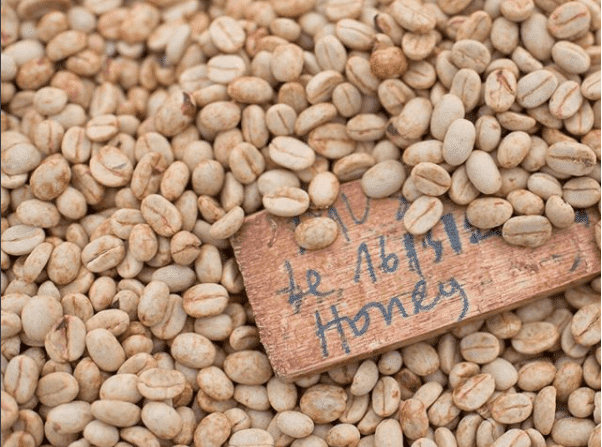
Does the processing have an effect on how the coffee roasts? You bet.
The largest difference is seen between washed and naturally processed coffees. Natural coffees tend to need a more delicate approach then a washed coffee grown at similar altitudes. The beans seem to take heat and develop more easily than a washed would. The resulting coffee also tends to be more easily soluble than washed coffees, so consider than when brewing your roasts.